Four University of Colorado Cancer Center members have been tapped to serve as ambassadors for its four main scientific and clinical research programs, working to coordinate and support research, training, and community engagement efforts across the four programs and the cancer center’s outreach offices serving Colorado communities.
The four program liaisons were appointed in January as a new leadership cohort within the CU Cancer Center. Each liaison represents one of the cancer center’s four research programs:
- Maria Amaya, MD, PhD -- Developmental Therapeutics.
- Cecilia Caino, PhD – Molecular and Cellular Oncology.
- Ryan Marker, PhD, PT – Cancer Prevention and Control.
- Matthew Sikora, PhD – Tumor-Host Interactions.
As a National Cancer Institute-designated comprehensive cancer center, the CU Cancer Center’s mission is to ensure that its research initiatives encompass its “catchment area” – the entire state of Colorado. And the four program liaisons are tasked with helping to spur that mission.
In addition to working across research programs, the liaisons also will seek to strengthen ties with the CU Cancer Center’s offices of Community Outreach and Engagement (COE) and Cancer Research Training and Education Coordination (CRTEC). The liaisons were chosen in part because the work of these two offices intersects with their own research objectives.
Their key goal is to “bring all the branches of the CU Cancer Center a little bit closer together with better communication and integration,” says Amaya, an assistant professor in the CU Division of Hematology.
“We are here to facilitate communication between our programs and these offices, to help our programs learn the resources and opportunities offered via COE, EAS, and CRTEC, and vice versa, to help these offices understand our programs unique needs and our goals,” says Caino, an associate professor in the CU Department of Pharmacology.
“Each of the four research programs have their own priorities for supporting research,” says Sikora, an associate professor in the CU Department of Pathology. “And then there are the outreach functions of the cancer center that involve our catchment area. Those two things have been existing in more or less separate lanes. So our collective and individual goals are to help connect the research we’re doing to the training and outreach functions.”
“It all comes back to our role as a comprehensive cancer center,” says Marker, an assistant professor in the CU Department of Physical Medicine & Rehabilitation. “Under that designation, we’re required to have these components – COE and CRTEC. We will be facilitating the integration of those components with our respective research programs, which ultimately will help improve the impact of the CU Cancer Center.”
Identifying gaps
The program liaisons have begun to hold meetings with each other, with their research programs, and with representatives of COE and CRTEC. “So far we’ve been identifying gaps so we can figure out where we need to start building bridges,” Sikora says.
Jeanette Waxmonsky, PhD, appointed last year as the CU Cancer Center’s assistant director for community-engaged research, chairs quarterly liaison meetings as part of the Integration Committee and COE-CARES (Community Advisors for Research Equity in Science), a group of patients with cancer, caregivers, family members, and advocates trained in research methods who provide input in research studies.
The liaisons have presented ongoing research studies to COE-CARES for feedback and input, thus experiencing firsthand how to engage community members in the research process, Waxmonsky says.
The four liaisons have been given leeway to shape the work processes they will use to pursue their mission, but they also have been assigned specific tasks. Ultimately their roles will include tracking and promoting relevant research, facilitating collaborations, consulting on grant proposals, addressing educational needs, enhancing workforce development, and advocating for comprehensive hiring and advancement practices.
“One of our tasks is reviewing publications from our respective research programs to help identify catchment-relevant research, which helps to integrate it with COE’s mission,” Marker says. “And recently, we’ve been figuring out ways to identify training within our programs to integrate with CRTEC.”
Words into action
The program liaisons are taking part in Research Roadshows attended by CU Cancer Center members, where community members across Colorado learn about research initiatives and sign up for clinical trials.
The liaisons have not begun consulting on grants yet, but they expect they will be asked to help investigators and programs figure out how well their grants address catchment-wide research priorities.
All four program liaisons say they’re excited to be taking part in the new initiative, but also described the steep learning curve they face as they adjust to their roles.
Marker says he spoke about the liaison initiative at his program’s recent scientific retreat. “The response to the message was generally receptive. Everyone agrees with increasing collaboration and access to resources. Now we need to turn words into action.”
On the leadership track
The designation of program liaisons also is intended to broaden the CU Cancer Center’s leadership corps.
“Our cohort is attending a leadership academy,” Caino says. “They are training us and other interested people from the cancer center membership in terms of what it is to become a leader here: How does the structure work? What are the leaders’ day-to-day responsibilities?”
Adds Sikora: “It’s been nice that, while we have this new role, it also seems very intentional to put us in the CU Cancer Center leadership track.”
While the liaisons are facilitating and communicating, they’ve also been learning.
“I’ve been here [at CU Anschutz] for a decade, and I’ve been part of the CU Cancer Center for a while, and I’m in developmental therapeutics where a lot of clinical trials are running, and I’ve been working on projects that involve improving our recruitment in trials,” Amaya says. “And now I’m learning about things that I’d never heard of, like CARES and these roadshows. So I think part of our job is making sure that people in our programs know that these resources and opportunities are available. They’re very helpful.”
Photo at top: The CU Cancer Center's new program liaisons: From left, Ryan Marker, PhD, PT; M. Cecilia Caino, PhD; Matthew Sikora, PhD; and Maria Amaya, MD, PhD. Photo by Jessica Cordova | CU Cancer Center.
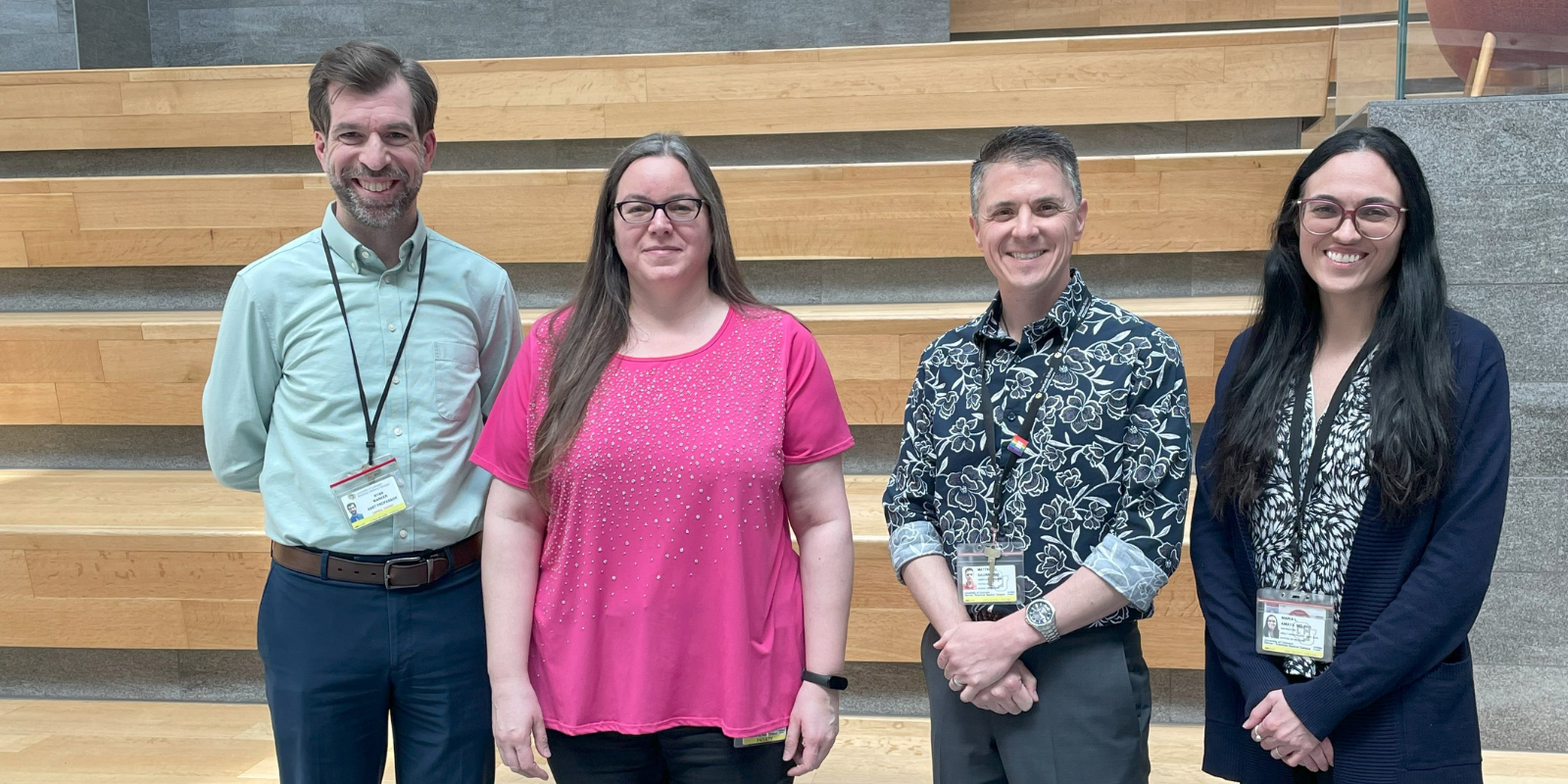
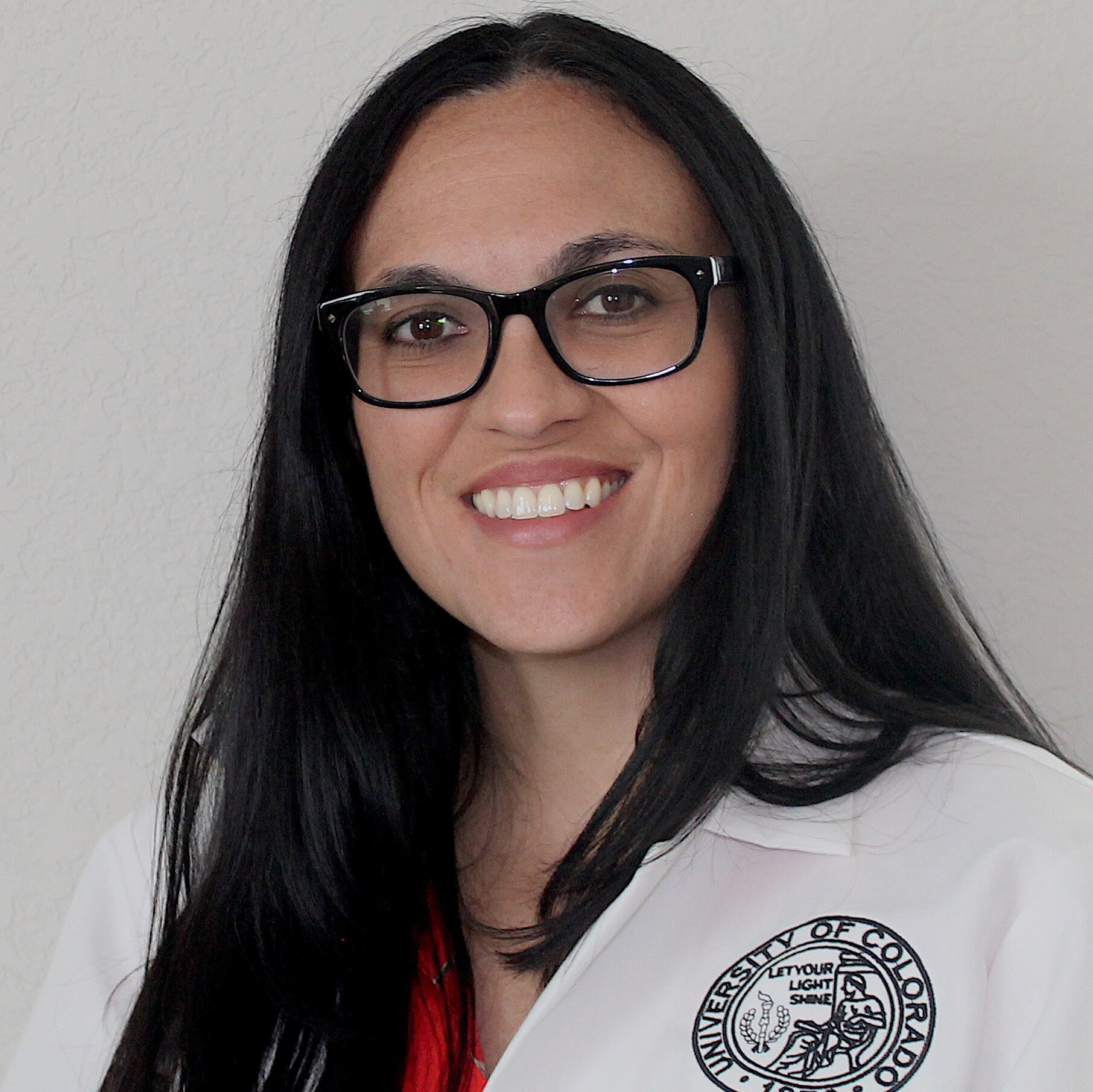
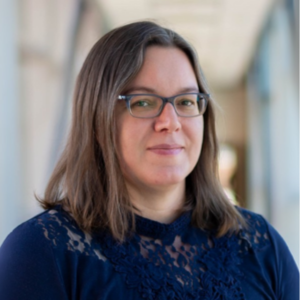
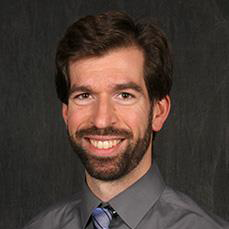
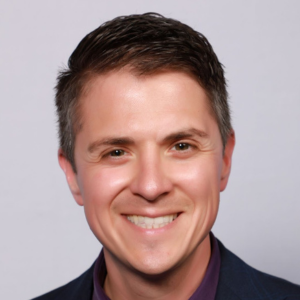
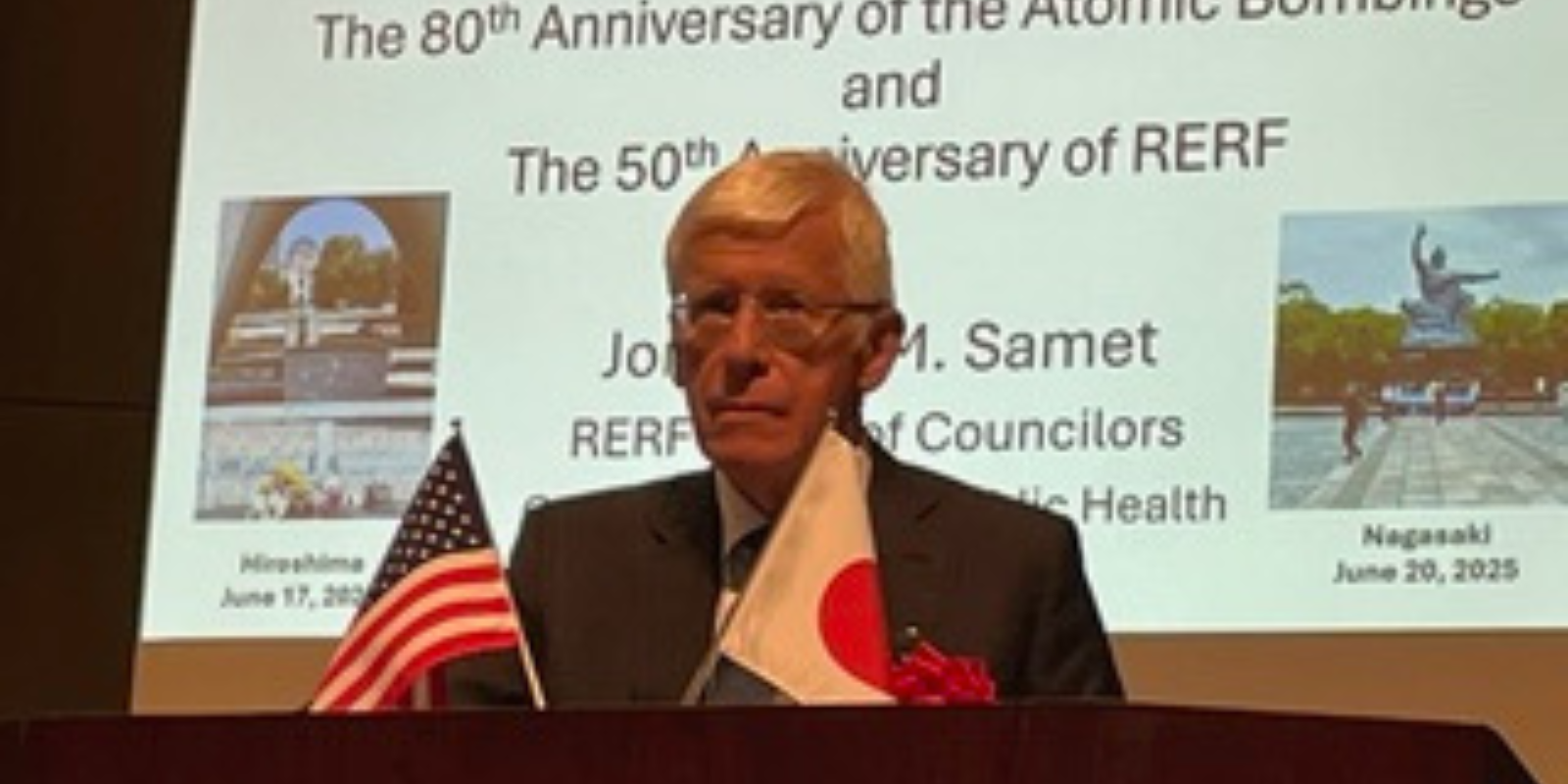
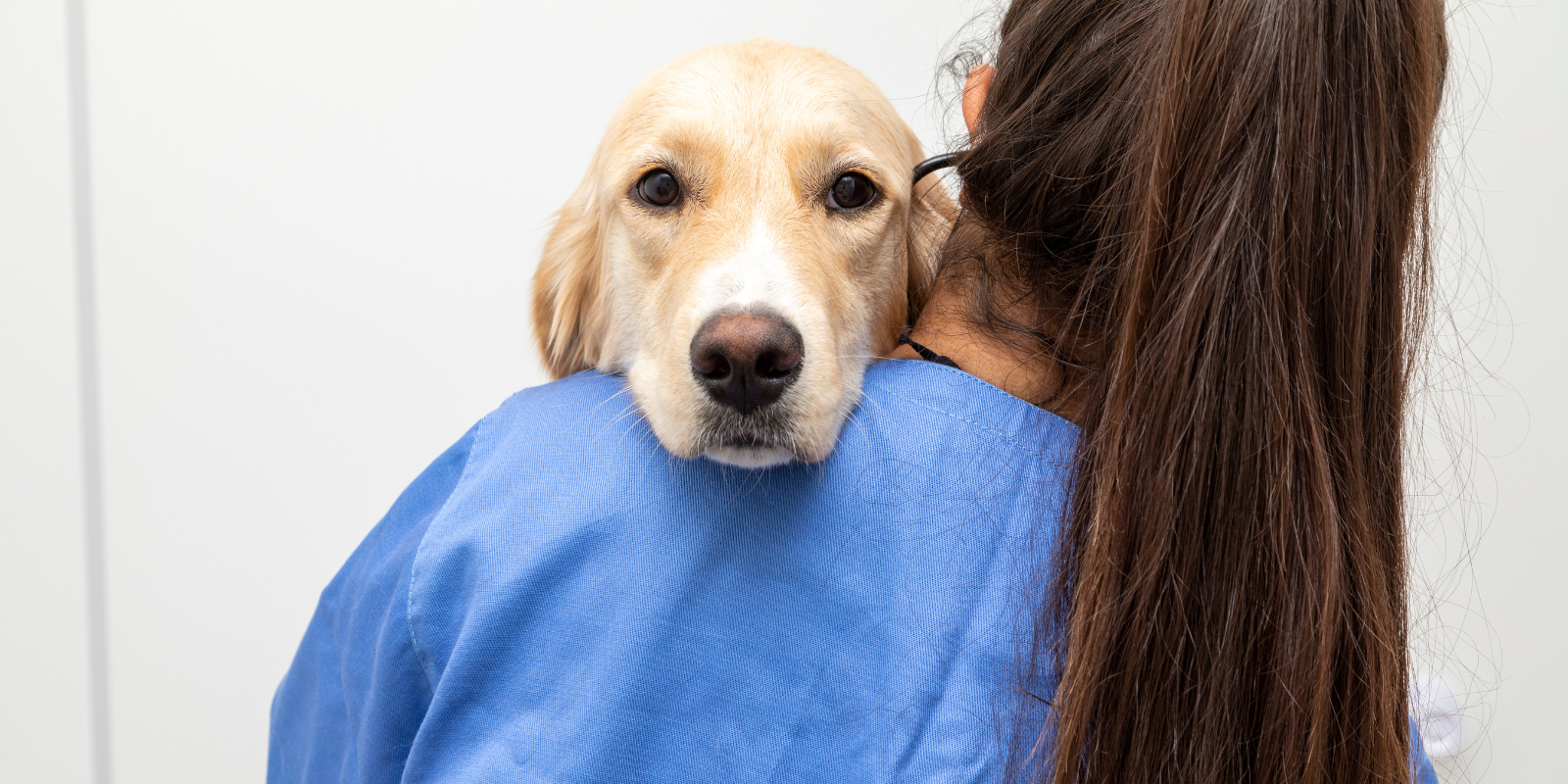
.png)